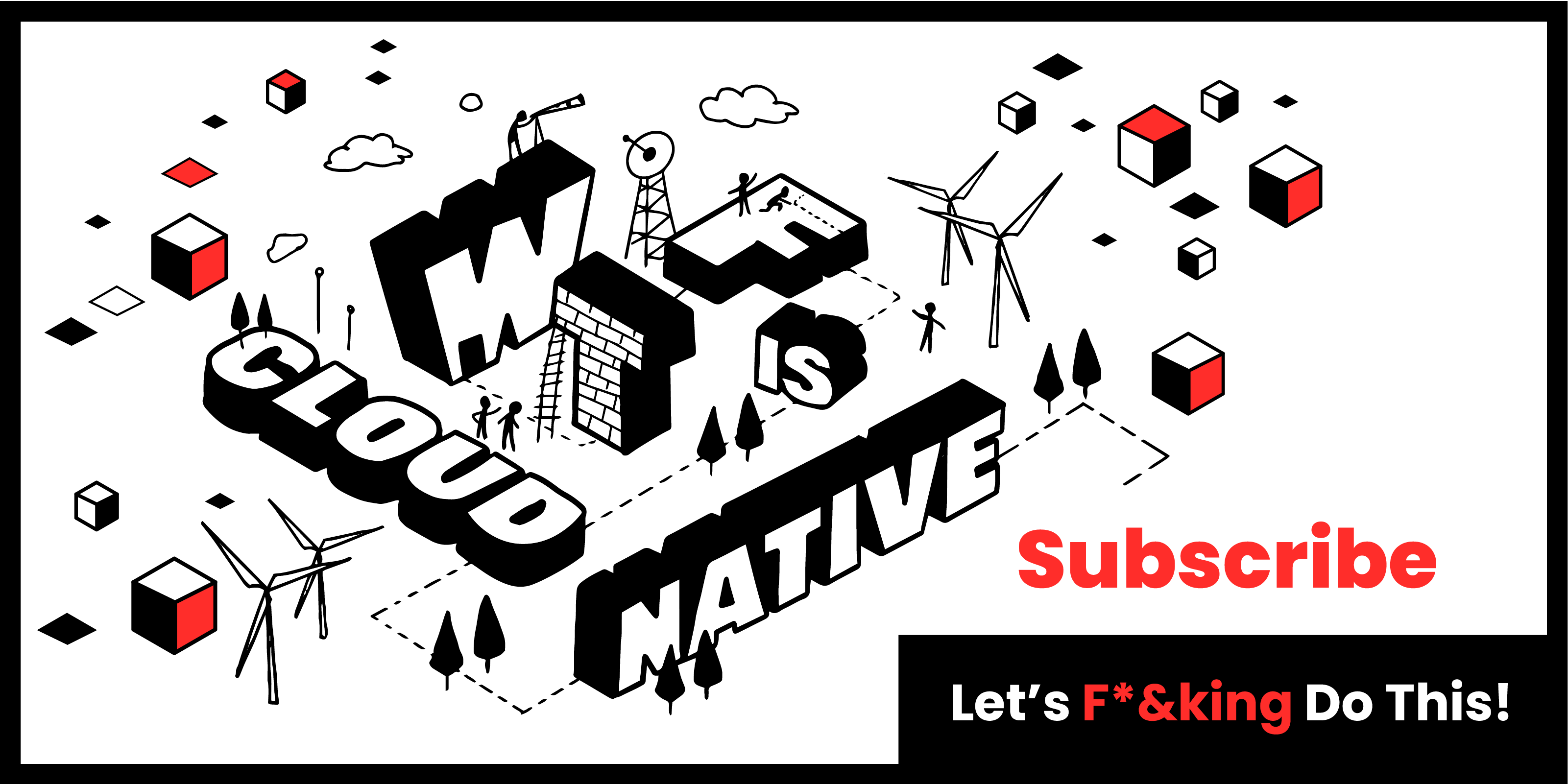Check out video from one of our webinars on strategy here.
I am going to be very honest right now: I wrote this blog a year ago. It was during a time when members of my own team were driving me mad with their seemingly insatiable obsession with details. However, I couldn’t say exactly why they were driving me mad. I only knew that they were. What was happening?

Here is the context: Every three months, my team and I go off-site to reformulate our strategy—a practice at the heart of the Hermes strategic execution model. During these meetings we study how things are going, which allows us to systematically jettison what is not working and in doing so create space for what might start working. This is how we balance focus and flexibility, and it’s one of the ways we grow as a team.
Peering Into the Future
In these meetings, we look to the future, and in doing so we move from the real world to the imaginary. We envision not what is but rather what could be. Technically, envisioning is about creating 'forecasts about future conditions and outcomes'. This is an essential skill and core to the process. Later, if we decide to act on any of our forecasts, then we are said to be making strategic decisions. From these decisions a gap analysis emerges. Any gaps are then translated into a set of objectives, the execution of which will close the gap. This is called objective setting.
This forecasting process well and truly requires you to dream of the future. Which itself requires an open and inquisitive mindset. Can you imagine how annoying it is, whilst attempting to conjure this vision, to be told constantly by your colleague, 'That won’t work'? This would be like watching Star Wars whilst being sat next to a teenager who says every 30 seconds, 'That’s not real, it’s all just special effects'.
Strategy formulation is about envisioning, decision making, and objective setting. Obsessing about details will sabotage this process like a running commentary will sabotage your day out at the cinema. This was why my team was driving me bonkers. I've seen our customers drive themselves bonkers in the very same way.
Deliberately Ignoring Details
What are we trying to do when it comes to strategy formulation? We are trying to change a situation, A, into a better situation, B. In order to understand this, it’s worth thinking about two professions that are altogether different, yet familiar to all. The first is architecture and the second is medicine.
The architect starts with a site and a brief (A) and then grabs her pen and pad and starts thinking about how to create a building (B). The doctor begins with their team to discuss the patient (A) and how they can create a treatment plan to help them get better (B).
What the doctor doesn’t do is discuss a treatment plan while simultaneously implementing it. Nor do the architect’s pen strokes become foundations and walls in the real world in real time. Through a dialogue with her notepad, in the case of the architect, or with his team, in the case of the doctor, imaginary moves are made and their imagined consequences are considered. Those moves that look right—lowering the dosage of one particular medicine, for example—become likely actions. I.e. they form part of the strategy.
Experienced practitioners spend a lot of time, and therefore make a lot of decisions, in the virtual world. Within these virtual worlds, the practitioner deliberately ignores details because they confound and confuse. This is why, when it comes to strategy making, dwelling on details— even if you are just trying to play the Devil’s advocate— is an act of sabotage. When done with good intentions, which it nearly always is, it’s an act of self-sabotage.
Suspending Reality
To be fair, for busy managers, especially middle managers who don’t have the luxury of going to the virtual world very often, it is very hard to switch between worlds. This means when it comes to strategy formulation, we need shortcuts. What are these?
Visual frameworks
Simon Wardley’s maps are very popular in the Cloud Native community and are very useful for product positioning. When it comes to Cloud Native transformation, you can use our patterns cards. The cards let us reason about effects, allowing you to think about potential outcomes and conditions. Simon’s maps and our cards transport their users to the virtual world.
Whiteboards
There is no tool that is so singularly powerful for group strategy making as the whiteboard. That’s to say, there’s no better tool for merging virtual worlds than people standing with pens at a whiteboard. (And you thought Git handled merges well.) Why? When people take turns, whiteboarding naturally lets us progressively build shared understanding, thus not creating a single virtual world but a shared virtual world. It is this shared understanding that helps groups succeed when it comes to execution.
Reflective habits
There are a lot of creative people at Container Solutions. Many of them have well developed reflective practices. These include journalling, reading, meditation, walking and active experimentation, which often leads to creative breakthroughs. All these activities allow us to practice suspending reality and enter into the virtual world.
Regular practice
Teams that support each other in strategy formulation, and who regularly practice together, get better. By going off site three times a year, my team are always practicing strategy formulation.
Summary
Strategy making is mainly done in the virtual world. This is not a hard concept to get our heads around if we imagine how an architect makes virtual decisions and considers their virtual consequences. However, the difference between an architect and a manager is that the former is trained and well practiced at playing around in the virtual world. The latter is not.
If managers are to succeed in strategy making, which is a huge component of Cloud Native transformation, then they have to learn to suspend reality. The ‘hacks’ in this blog are a good starting point. You can also check out our strategy patterns, which are a practical approach to the strategy making process.
I started this blog moaning about my team, all of whom are experienced strategy makers. How did we fall into this trap? There’s an easy explanation. Strategy making nearly always goes off track and descends into details. This wasn’t an accidental part of our meeting last year but an essential part of the process, always. In a business setting, that’s more or less what happens as you slowly let go of the real world and move into the virtual world.
It’s a fantasy to think you can box without getting punched in the face and it’s a fantasy to think that strategies will emerge from a group without things going off track. But, if we can avoid obsessing about details, we will get to the ideas we are seeking quicker. That’s why learning to move to the virtual world is a super power that everyone at Container Solutions is trying to develop.



 Previous article
Previous article
